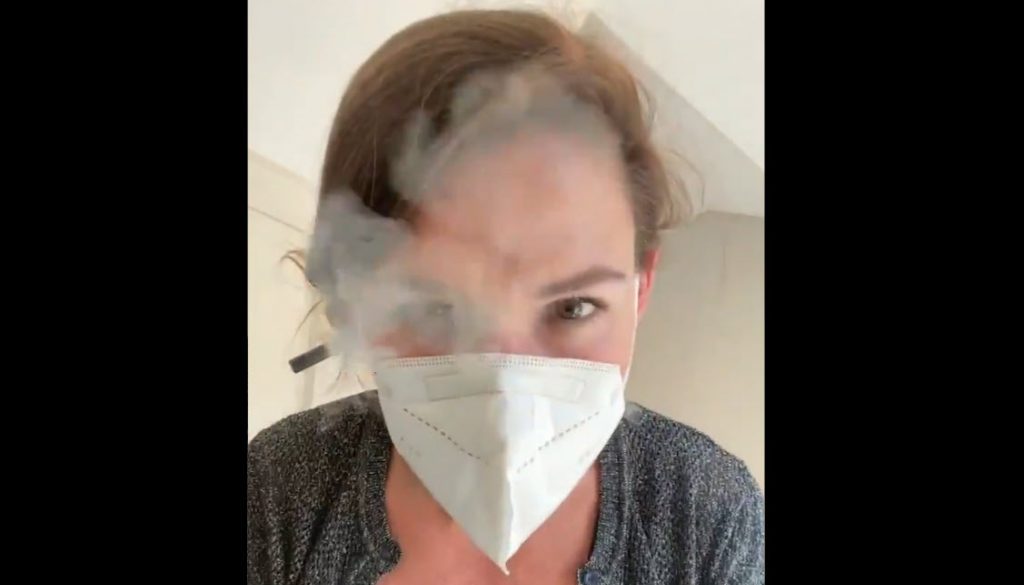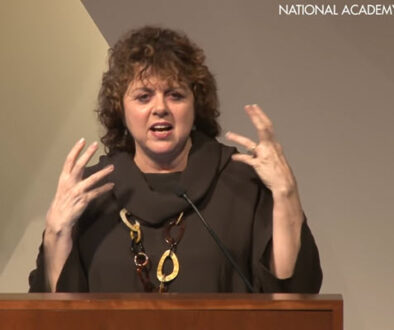Even Minimal Leakage Causes Mask Efficacy To Plummet
Key takeaways from this article:
-
Nobody attains a perfect mask fit
-
Most of the seepage comes out through the sides because the molecules always travel the path of least resistance
-
If just 3.2% of the mask space is open, the efficacy of the mask goes down to zero
-
A small fractional leak area of only 1–2% can strongly deteriorate total filtration efficiency
-
Not a single randomized controlled trial has demonstrated efficacy of these masks against viruses
-
90% of the virions of the Coronavirus are smaller than 0.3 microns. That is much smaller than the pores on surgical masks, much less cloth masks, not to mention the gaps around the masks.
-
At peak contagion (around day 7 of symptoms), the number of particles under 0.3 microns increases 10x, while the larger ones decrease. This likely explains why asymptomatic individuals barely spread and why masks are worthless when people are the most contagious.
-
Masking could aerosolize the particulates even more than people who are unmasked. This might explain why nearly every analysis shows more spread in places with mask mandates.
-
Mask-wearing tends to force more people to breathe through their mouths rather than normal shallow nasal breathing, which makes them even more likely to inhale the particles that inevitably get through their masks.
-
Two and a half months after Germany mandated medical grade masks for their improved efficacy, the 7-day average of new cases is now higher than it was before the mandate
1/
Masks don’t work to stop COVID, though they work wonders keeping kids out of school & unemployment highBut WHY don’t they work? Let’s see
Rather than thinking of respiratory aerosols like tiny spit globules, a better metaphor is cigarette smokehttps://t.co/tuYPJK5Zxr pic.twitter.com/may8fYcwZc
— Emily Burns😊 #SmilesMatter DM’s OK (@Emily_Burns_V) April 9, 2021
Sources:




